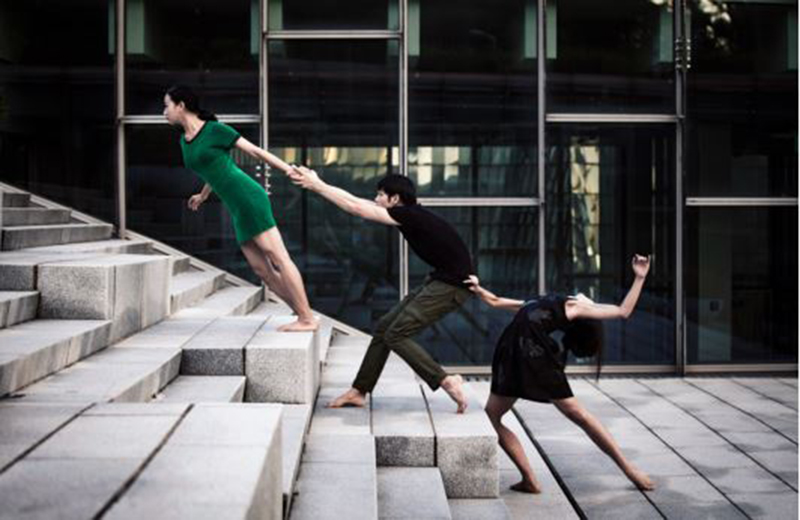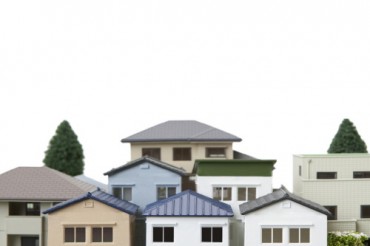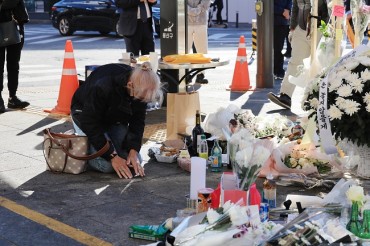
This exhibition delivers to visitors the profound messages that Asian modernity, oriental values, and the unusual beauty of usual days express. (image: Culture Station 284)
SEOUL, Sep. 4 (Korea Bizwire) – Plastic caps collected by the public and plastic basket towers made in collaboration with the homeless are transformed into colorful flowers to bloom.
Hosted by the Ministry of Culture, Sports and Tourism (MCST) and arranged by Korea Craft & Design Foundation (KDEF), the third special exhibition at Culture Station Seoul 284 ‘Choe Jeong-hwa: Natural Color, Multiple Flower Show’ is scheduled to be held from September 3 to 19.
Artist Choe Jeong-hwa is working as a writer, a director and a producer in a variety to fields that represent the fine arts, design and craft. This exhibition delivers to visitors the profound messages that Asian modernity, oriental values, and the unusual beauty of usual days express. Since the exhibition is one of the convergent art and culture events, many events such as performances, lectures and talks with artists are accompanied with it.
What Does ‘Natural Color’ Mean?
The theme is ‘Natural Color,’ which means intact colors that remain in nature. With her original and colorful artworks giving off diversity and pleasure, Choe Jeong-hwa unravels the paradox that the colorfulness of artificial and material civilization lies in the most natural colors.
The artist unveils the thematic framework of the exhibition by using her original concept of ‘flower.’ Flower, the recurring theme of her artworks, shows the essence of her endeavoring work; in other words, both of the artist and flowers carry a life similar to each other in the sense that they are shining brilliantly in their own ordinary lives. The flowers in her artworks connote oriental values and lives.
At the exhibition, she interprets all of the creatures in nature as the concepts of flower like flowers’ feast, leisure, mandala, bones, woods, meaning, to just name a few, while showing off numerous original artworks that have never been displayed. The flower-themed artifacts of all sort and kind are in full bloom over the exhibition, as Jab-hwa-eom-sik – to decorate solemnly with all kinds of flowers – in Buddhism implies. They show that mediocre and pitiable lives can be transformed into beautiful ones like flowers coming out in a ruined place.
Blooming Flowers from the Commitment of the Homeless and the Public
This exhibition also draws visitors’ attention since homeless people and ordinary Seoulites took part in making artworks. Prior to the main exhibition, the artist and the homeless constructed towers, entitled ‘Flowers’ Every Day,’ which were made from a great number of various colored plastic baskets.
The eight street lamps on the square of the former Seoul Station turned into the colorful plastic basket towers, seven meters in height. Also, the grill on the second floor of Culture Station Seoul 284 is decorated with an artwork called ‘Mandala of Flowers,’ made from approx. 300,000 plastic caps. Ordinary people took part in making the artwork that stemmed from the artist’s special attempt to share the unique beauty of a useless item.
The Global Hub of Culture and Transportation to Promote the Korean Arts
The exhibition is held when major international art festivals like Gwangju Biennale on September 5 and Busan Biennale on September 19 take place. Also, its venue is located in the center of transportation, so the exhibition can introduce the diversity and excellence of the Korean art culture to international visitors.
Culture Station Seoul 284 will turn into the convergent cultural place where the past and the present coexist and the hub of dynamic culture that keeps in tune with the public.
By Eugene Yu (eugene@koreabizwire.com)







